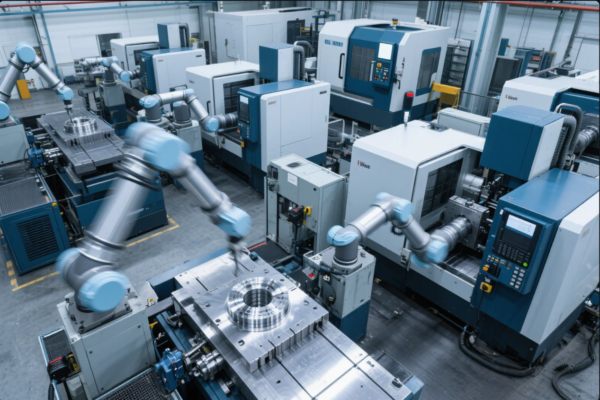What are the minerals of metal?
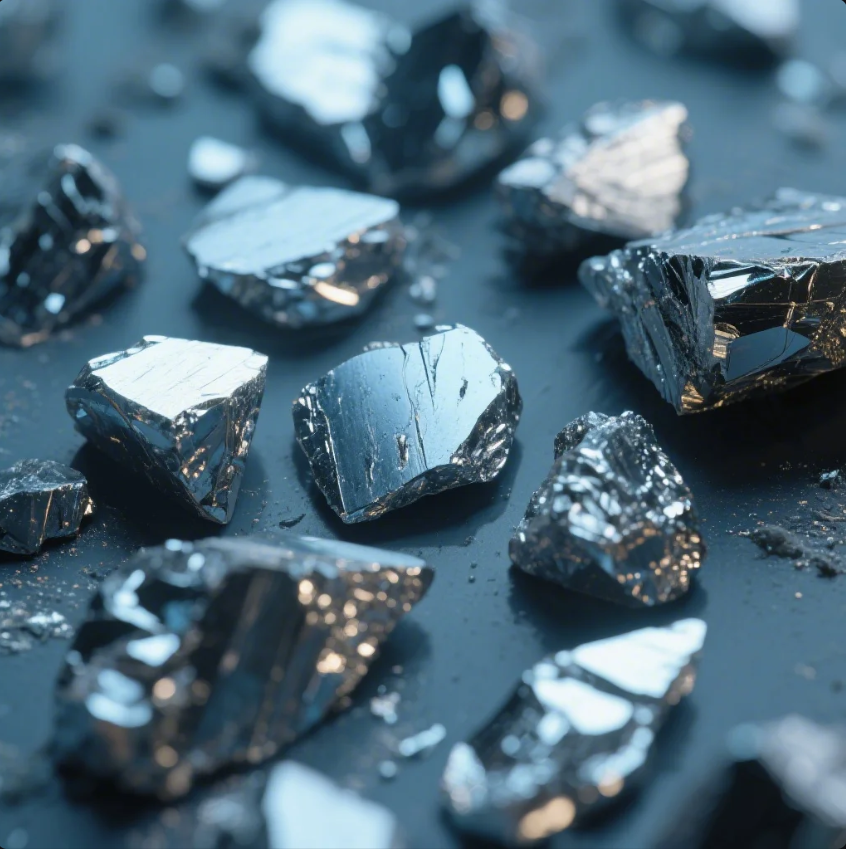
Metal minerals are essential resources in various industries, from construction to technology. These minerals are the primary sources of metals like iron, copper, gold, and aluminum. In this article, we will explore the most important metal minerals, how they are extracted, and their applications.
Snippet paragraph: Metal minerals, such as iron ore and copper, are vital resources used in manufacturing and industry. Learn about the most important metal minerals and their uses.
Transition paragraph: Let’s dive into the key metal minerals and understand how they contribute to industrial processes and everyday products.
What are the metal minerals?
Metal minerals are minerals that contain valuable metals, which can be extracted for industrial use. These include ores like hematite, bauxite, and galena, which provide metals like iron, aluminum, and lead.
Snippet paragraph: Metal minerals such as hematite, bauxite, and galena are vital sources of metals like iron, aluminum, and lead.
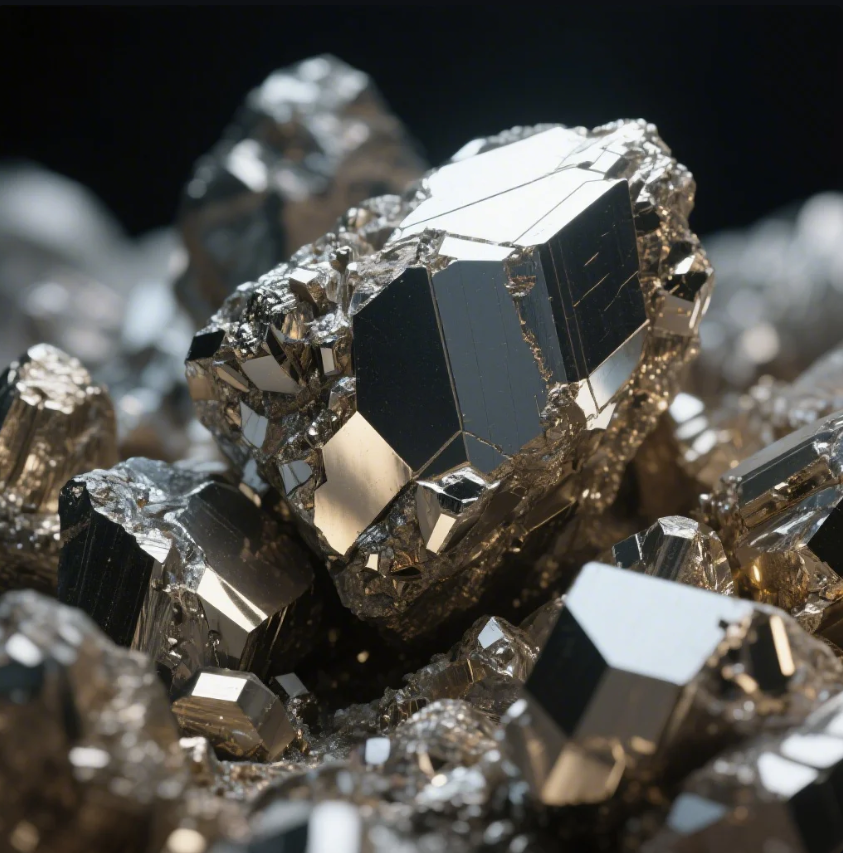
Dive-Deeper paragraph: Hematite is an important source of iron, which is one of the most widely used metals in construction and manufacturing. Bauxite is the primary ore of aluminum, used in everything from airplanes to kitchen foil. Galena, rich in lead, is crucial for batteries and radiation shielding.
Other notable metal minerals include chalcopyrite, a major source of copper, and sphalerite, the primary source of zinc. Magnetite, another iron ore, is also widely used in steel production. Cinnabar, rich in mercury, is used in thermometers and electrical devices. These metal minerals are mined from the Earth and processed to extract the metals they contain, which are then used in a wide range of industrial applications.
Table: Common Metal Minerals and Their Metals
| Mineral | Metal Extracted | Uses |
|---|---|---|
| Hematite | Iron | Steel production, construction, transportation |
| Bauxite | Aluminum | Aerospace, packaging, electrical conductors |
| Galena | Lead | Batteries, radiation shielding, construction |
| Chalcopyrite | Copper | Wiring, electronics, plumbing |
| Sphalerite | Zinc | Galvanizing, batteries, alloys |
| Magnetite | Iron | Steel production |
| Cinnabar | Mercury | Thermometers, electrical devices |
What are the 7 major minerals?
The seven major minerals refer to the minerals that are essential for human health, including calcium, potassium, magnesium, iron, zinc, sodium, and phosphorus. These minerals are involved in various bodily functions, from bone health to energy production.
Snippet paragraph: The seven major minerals—calcium, potassium, magnesium, iron, zinc, sodium, and phosphorus—are vital for human health and well-being.
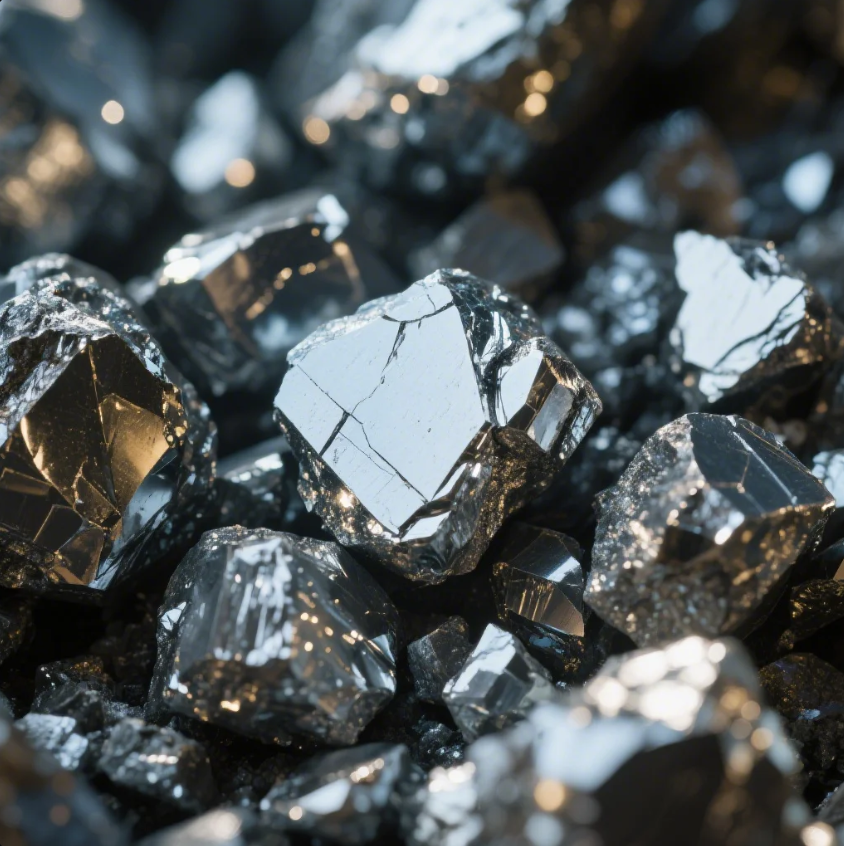
Dive-Deeper paragraph: While the 7 major minerals are critical for human health, they are not directly related to metal minerals. However, they are crucial in the body’s metabolism and structural functions. For example, calcium supports bones and teeth, while iron is essential for oxygen transport in blood. Potassium helps maintain fluid balance, and magnesium plays a key role in over 300 enzyme reactions in the body.
Although these minerals are important for biological processes, they also have industrial uses. Iron, as mentioned earlier, is extracted from iron ores like hematite and magnetite. Zinc, another of the major minerals, is crucial for galvanizing steel and manufacturing alloys.
Table: Seven Major Minerals and Their Functions
| Mineral | Function | Source |
|---|---|---|
| Calcium | Bone and teeth health, nerve function | Dairy, leafy greens, fortified foods |
| Potassium | Fluid balance, muscle contraction | Bananas, spinach, potatoes |
| Magnesium | Energy production, protein synthesis | Nuts, seeds, whole grains |
| Iron | Oxygen transport, red blood cell production | Red meat, beans, spinach |
| Zinc | Immune function, wound healing | Meat, shellfish, legumes |
| Sodium | Fluid balance, blood pressure regulation | Salt, processed foods |
| Phosphorus | Bone health, energy production, cell function | Meat, dairy, nuts, beans |
What are the 10 most common minerals?
The 10 most common minerals found on Earth are essential to various industries, from metal extraction to the manufacturing of electronics. These include silicates, oxides, and carbonates, with key examples like quartz, feldspar, and calcite.
Snippet paragraph: The ten most common minerals—quartz, feldspar, calcite, and others—are vital in industries ranging from construction to electronics.
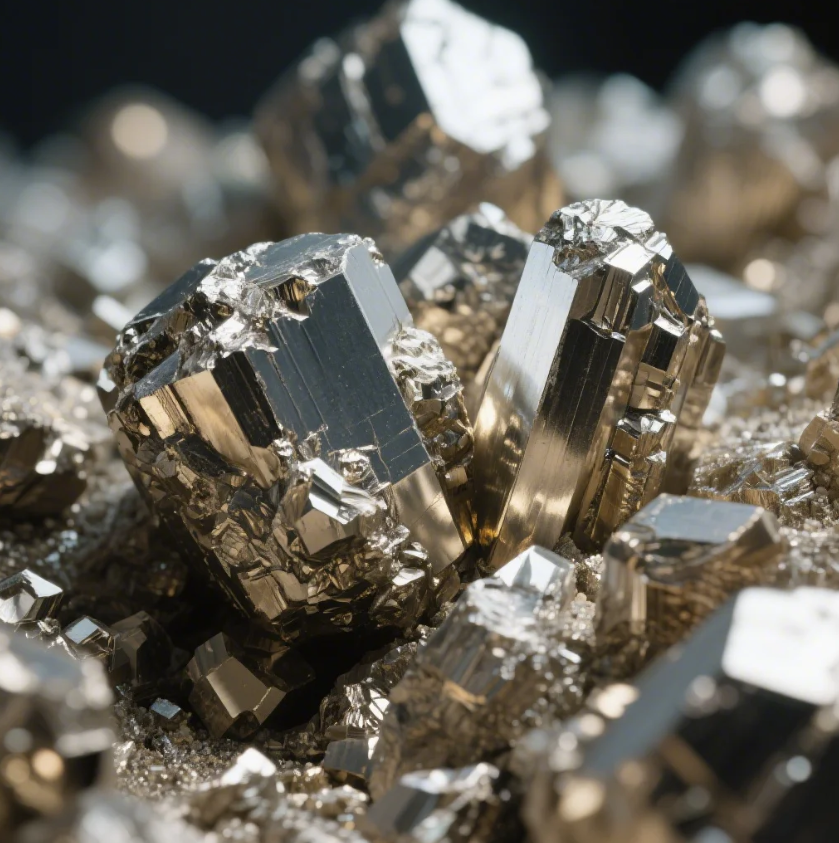
Dive-Deeper paragraph: Among the most common minerals, quartz is abundant in the Earth's crust and used in everything from electronics to glassmaking. Feldspar is essential in the ceramics industry, while calcite, a carbonate mineral, is used in construction and the production of lime.
Other common minerals include mica, used in electronics for its insulating properties, and olivine, which is found in volcanic rocks. Pyrite, also known as fool’s gold, is a source of sulfur, while magnetite is a source of iron ore. Galena is a key lead ore, and halite, or rock salt, is essential for various chemical processes. These minerals are abundant and have diverse applications in everyday products.
Table: The 10 Most Common Minerals
| Mineral | Composition | Uses |
|---|---|---|
| Quartz | Silicon + Oxygen | Electronics, glass, construction |
| Feldspar | Potassium, Sodium | Ceramics, glass production |
| Calcite | Calcium Carbonate | Cement, construction, lime production |
| Mica | Potassium, Aluminum | Electronics, insulation |
| Olivine | Magnesium + Iron | Construction, refractory material |
| Pyrite | Iron + Sulfur | Sulfur production, ornamental use |
| Magnetite | Iron + Oxygen | Iron ore, steel production |
| Galena | Lead + Sulfur | Lead extraction, batteries |
| Halite | Sodium Chloride | Salt production, chemical industry |
What mineral is found in glass?
The primary mineral found in glass is silica (SiO2), which is derived from quartz. Silica is the main component of most glass, including window panes, bottles, and fiberglass.
Snippet paragraph: Silica, derived from quartz, is the primary mineral found in glass and is essential in glassmaking and other industries.
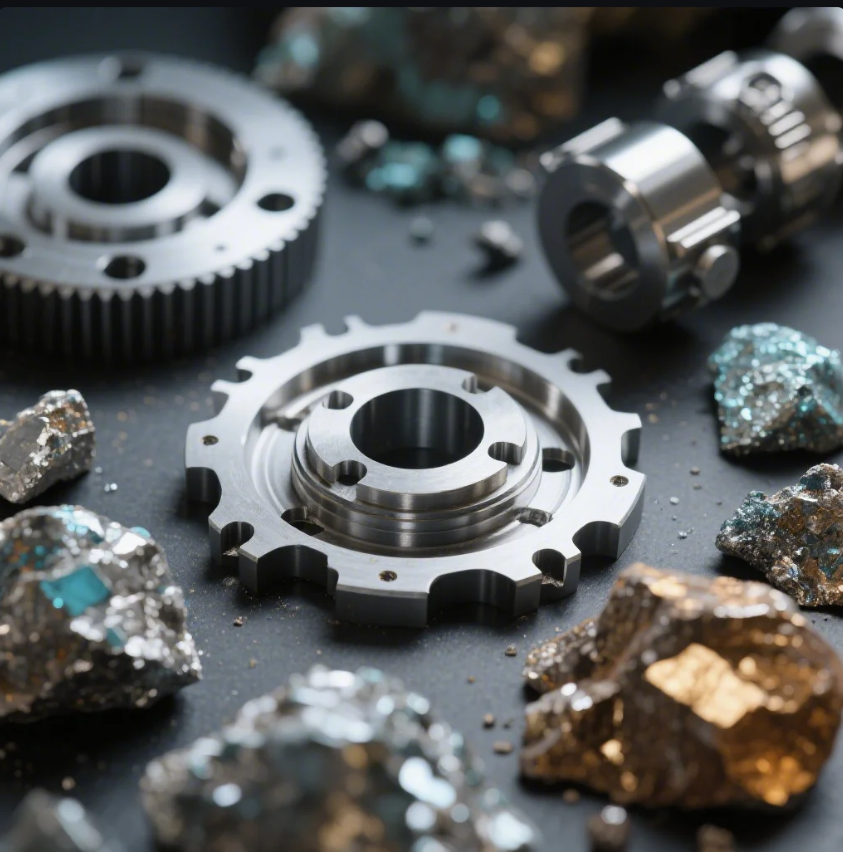
Dive-Deeper paragraph: Silica (SiO2) is the mineral that gives glass its transparency and strength. It is extracted from quartz, which is abundant in the Earth's crust. Silica is used not only in the production of glass but also in the manufacturing of ceramics, concrete, and semiconductors. The high melting point of silica makes it ideal for use in heat-resistant glass and other high-temperature applications.
Other minerals may be added to glass to alter its properties, such as soda ash (sodium carbonate) and lime (calcium oxide). These minerals lower the melting point of silica and improve the workability of the glass. While silica is the primary component, the overall composition of glass can vary depending on its intended use.
Table: Minerals Used in Glassmaking
| Mineral | Composition | Uses |
|---|---|---|
| Silica | Silicon Dioxide | Main component of glass, ceramics |
| Soda Ash | Sodium Carbonate | Lowers melting point, used in glassmaking |
| Lime | Calcium Oxide | Improves durability and workability |
Conclusion
Metal minerals, such as hematite, bauxite, and galena, are essential for extracting metals like iron, aluminum, and lead, which are used in various industries. The 7 major minerals are also crucial for human health, and the 10 most common minerals contribute to both industrial applications and daily life. For industries looking to source premium minerals or metals, Shandong Prime International Trade Co., Ltd. offers high-quality materials that meet international standards. Contact us today for a consultation, custom quote, and professional advice!


